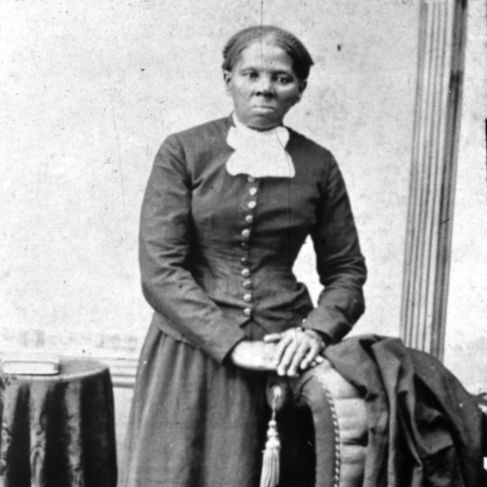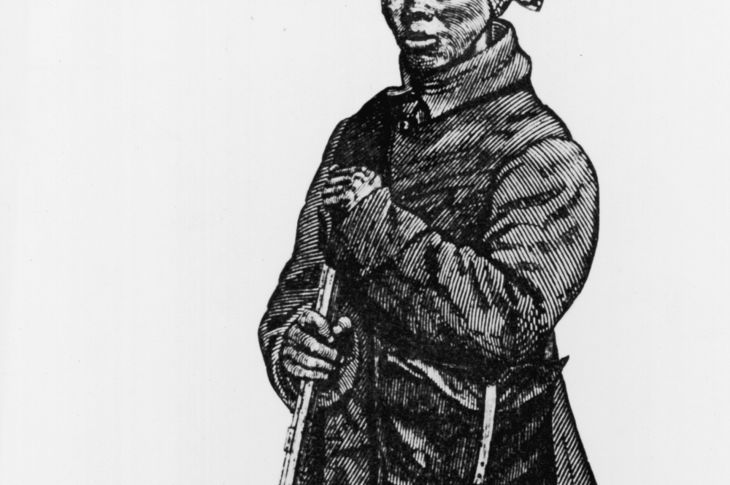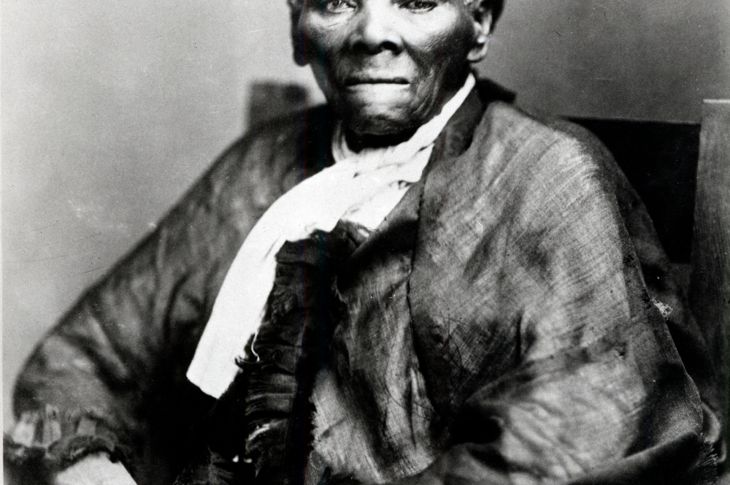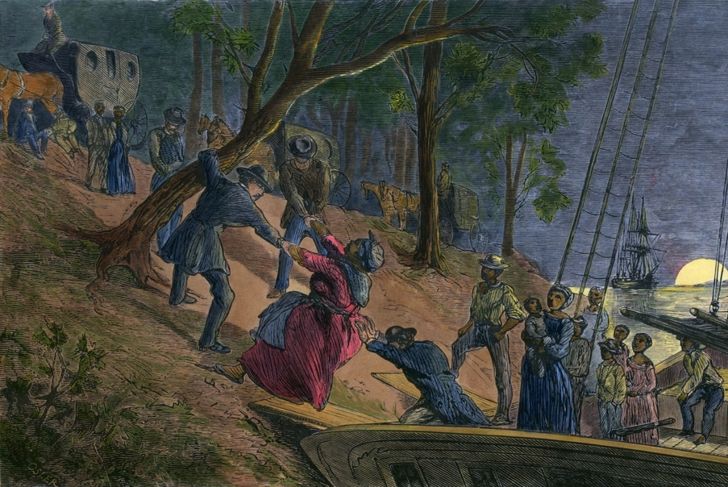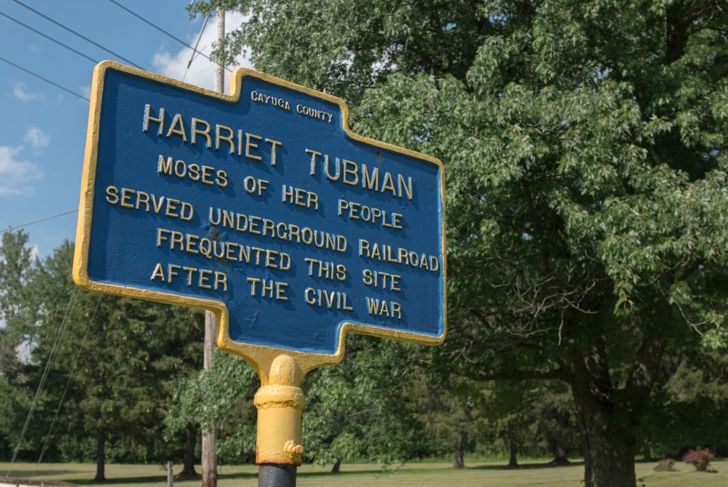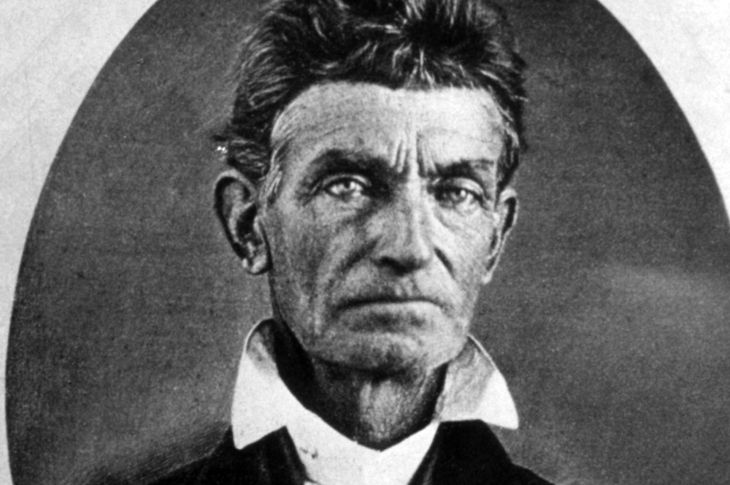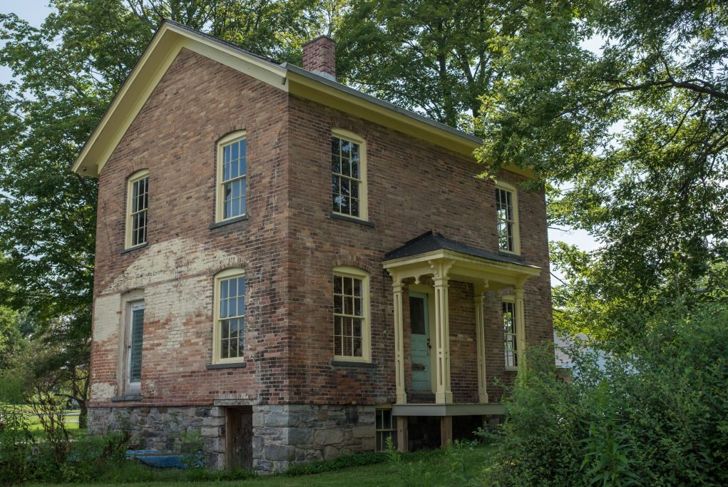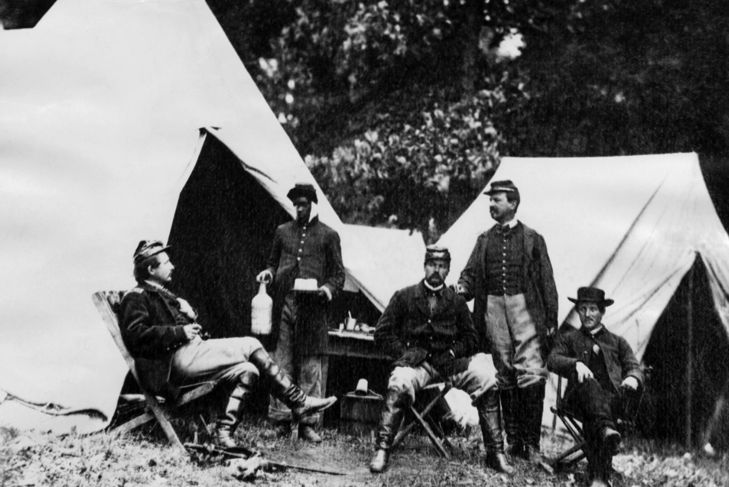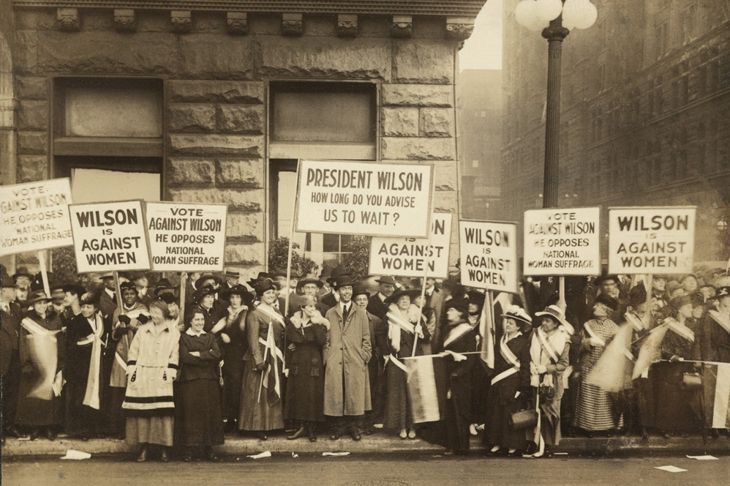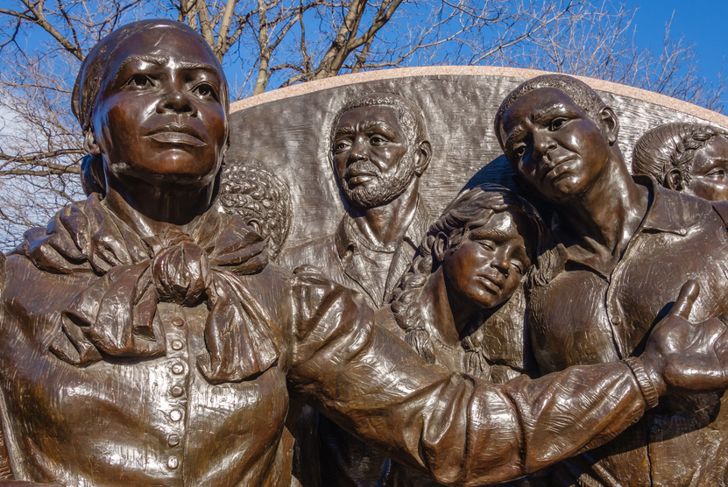Harriet Tubman was an essential figure in the abolition of slavery in the United States. She was influential in the rescue of hundreds of people from the grasp of slavery, guiding them through a network of safe houses and advocates known as the underground railroad. She also served in the army as a cook, nurse, scout, and spy during the American Civil War. Later in her life, Tubman was a woman’s suffrage activist, wife, and mother of an adopted child named Gertie. She passed away from pneumonia in 1913.
Harriet Tubman’s Origins
Harriet Tubman was born Araminta “Minty” Ross to enslaved parents in Maryland. Her mother, Harriet Green, owned by the Brodess family, served as a cook, and her father Ben Ross managed timber work on a nearby plantation. Araminta was one of nine siblings. Neither the exact place nor year of her birth is known, though historians estimate she was born between 1820 and 1825. Tubman’s mother, Harriet Green, worked hard to keep the family from being separated by those who considered them property. Despite her efforts, three of her daughters were sold by the Brodess family and were never reunited with their relatives again. She was able to prevent her son from being sold to a Georgian slave trader by hiding him and confronting her owner.
Early Life
Harriet Tubman’s childhood was full of work and hardship. In addition to taking care of her brother and sister while her mother worked, Tubman also worked in marshes checking traps, served as a nursemaid, plowed fields, and hauled timber. She was forced to work even when she contracted measles until she became so ill her mother had to care for her. Harriet suffered a tragic head injury as a teenager when a weight thrown by another slave owner, meant to hit another slave, struck Tubman instead. She received minimal medical care and suffered from intense seizures, hallucinations, and headaches for the rest of her life.
Marriage
Around the year 1844, while still enslaved, Harriet Tubman married John Tubman, a free black man. Marriages between a free and an enslaved person were common during this time. It was a complicated marriage due to their differing statuses. Due to Tubman’s slavery, laws of the time dictated that any children the couple had together would be slaves. Around this time, Tubman changed her name from Araminta to Harriet, and historians speculate this was due to religion or to Harriet’s and her husband’s plan to buy her freedom.
Escape
Tubman became sick again in 1849. Brodess, her owner, tried to sell her because she became less useful. Harriet “prayed for him all night long” to change his ways and refrain from selling her. When this was unsuccessful, she prayed “kill him, Lord, and take him out of the way.” Brodess died a week after and Tubman regretted her prayer, feeling responsible for his death. Knowing she would likely be sold, Tubman decided to escape with her two brothers, but after leaving her brothers had doubts and returned. Not long after, Harriet escaped alone, traveling through the network of homes and people called the underground railroad. She described the experience of crossing the Pennsylvania border as feeling like she “was in heaven.”
Freedom Guide
Harriet Tubman wasn’t satisfied with her own freedom, she wanted her family and friends to escape as well — she “was free, and they should be free too.” She worked and saved money in Philadelphia while preparing to return and help others escape as she had. Tubman made her first trip to rescue a niece and her two children the day of an auction to sell them. This type of mission had become even more dangerous as a result of the fugitive slave law of 1850, which made the punishment for helping escaped slaves much higher and made it mandatory for law enforcement in all states, including those where slavery was no longer legal, to participate in their capture. During approximately 19 trips to the south, Tubman rescued around 300 slaves.
John Brown
John Brown was an abolitionist who attempted to lead a violent revolution against slavery in the United States. Harriet Tubman believed in Brown’s philosophy of confronting slavery with head-on action, and the two shared the belief that the divine had blessed their mission. Tubman shared information with Brown about travel routes and sympathetic people who were valuable to his plans. She also helped recruit former slaves interested in joining his efforts.
Auburn, NY and the Last Trip
Republican Senator William Seward sold a piece of land in Auburn, New York to Harriet Tubman in 1859. She used the land to provide a home for her family, who was able to move back after fleeing to Canada. The property became an oasis for freed slaves during a time of racial tension. Tubman made her last rescue trip in 1860, attempting to rescue her sister and two children. Sadly, Tubman’s sister had died, but Tubman was able to rescue another group of people instead. Dangers extended the trip for months, but they finally reached New York safely in December 1860.
The Civil War
During the American Civil War in the 1860s, Harriet Tubman worked many jobs to aid the Union. Initially, she worked as a nurse in Port Royal, tending to soldiers who had fallen ill from dysentery. After the Emancipation Proclamation, Tubman started to lead a band of scouts in the Port Royal surrounding area, collecting intelligence and creating maps of the land. Tubman was the first woman to help lead a raid in the civil war. She guided boats on the Combahee River, enabling the destruction of multiple plantations and the rescue of more than 750 slaves.
Life After the War
After the war, Harriet Tubman spent the rest of her life on her property in Auburn, offering room and board to people in need. She married a bricklayer 22 years her junior, Nelson Davis, in 1869. The pair adopted a young girl named Gertie and lived together until Davis died of tuberculosis in 1888. Tubman became a strong advocate for women’s right to vote. She traveled around giving talks about women’s suffrage, citing her life and those of other women as evidence that women have struggled enough to be considered equals to men.
Tubman’s Legacy
Harriet Tubman is one of the most influential African Americans of all time. Her extensive contributions to ending slavery and her immeasurable service to her fellows are inspiring to all. Several schools are named after Tubman, and a Cambridge, Maryland museum is dedicated to her. Her home in Auburn is now an educational center and museum. Tubman is a member of the Maryland and National Women’s Halls of Fame. She was the first African American woman to be pictured on a U.S. postage stamp, and both a cargo ship and an asteroid are named after her. Multiple written and film biographies are based on her life, and she features them in various operas. Harriet Tubman remains an inspiring icon of United States History.

 Home
Home Health
Health Diet & Nutrition
Diet & Nutrition Living Well
Living Well More
More